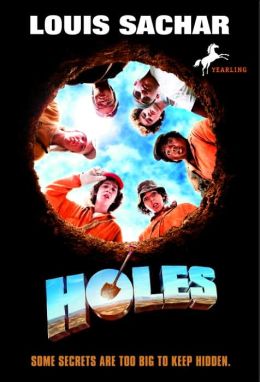Hole's Movie Trailer
Holes - Trailer. (2012, May 18). Retrieved October 16, 2014, from https://www.youtube.com/watch?v=NEvLRtDKT0c&feature=youtu.be
Disney's Paul Bunyan
Paul Bunyan [Motion picture]. (1958). Buena Vista. Retrieved October 16, 2014 from https://www.youtube.com/watch?v=-uPt822HC5w
This Disney animated classic of Paul Bunyan, produced by Buena Vista in 1958 is 17 minutes long and can be accessed via YouTube. The video clip includes music, a narrated storyline, and different examples of Paul Bunyan’s wild adventures in the west with Babe the Blue Ox. Students will view this video after reading the book Paul Bunyan’s Sweetheart and discussing what the characteristics of a folktale are and how they can be seen in various texts, including the unit novel. Students will take notes using a movie graphic organizer and discuss in small groups the different ways the stories about Paul Bunyan were presented in the movie. They will also discuss aspects of folktales that work well in film versus books and take notes that they will use to create their own folktale at the end of the unit.




